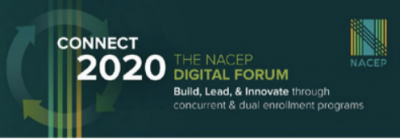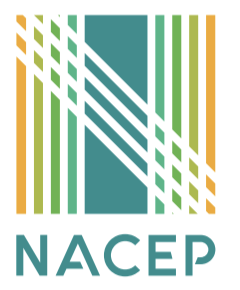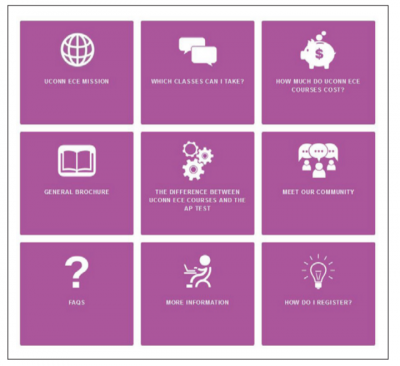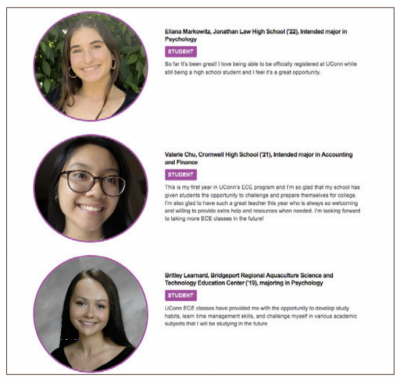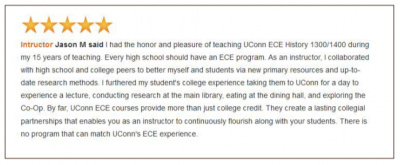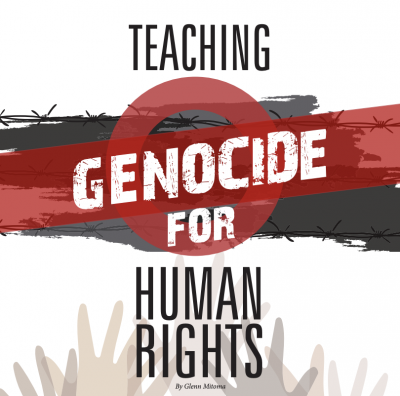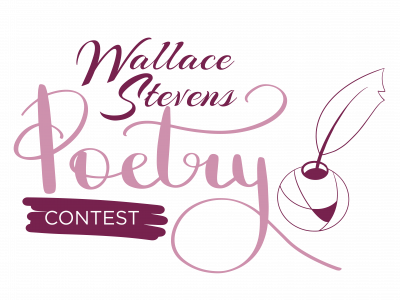
By Sean Frederick Forbes, PhD
Assistant Professor-in-Residence
Director, Creative Writing Program
UConn English Department
As my fellow judges and I read through the submission packets for this year’s UConn ECE Wallace Stevens Poetry Contest, we were impressed by the varying subjects and topics that students chose to write about. What the three of us discovered was that many of the poems moved us to think about why one chooses to write poetry and what does one hope to convey in poetic verse? We considered why poetry, if not the written word in all genres, matters as we continue to live through a devastating global pandemic. As I write this, I’m reminded of the last two lines of the poem “The Summer Day” by the late Mary Oliver, in which the speaker invites the reader to ponder this direct and undemanding, yet highly philosophical, question: “Tell me, what is it you plan to do / with your one wild and precious life?” If one is a writer, especially a poet, the theme of “Finding Joy, Finding Beauty, Finding Purpose” might very well be an earnest and awe-inspiring response. It’s a theme that best conveys how I’d like to introduce the first, second, and third prize-winning poems, respectively.
<<Text redacted>>
Charlotte Watts’ “After ‘Chinese Satellite’ by Phoebe Bridgers” is an ekphrastic, usually a poem that describes, or is inspired by, or speaks to another work of art, typically visual art, but here we have a poem based on a song by a 2021 Grammy-nominated musician. A reader’s first impulse might be to listen to Bridgers’ song, but the splendor of this poem is in engaging with the images and phrases, and also the myriad narratives Watts creates throughout in lines such as: “maybe I would sleep easier if / there were ufos over my street.”
Zara Williamson’s “To Find God in Me” is a spoken word poem that acts as a homily for a speaker who confronts and analyzes how body image, the mother/daughter relationship, and religion affect a teenage girl’s life. Williamson uses the pivotal refrain “But Momma says” three times in the poem to convey that despite any misunderstandings, tensions, and upheavals that the speaker may have in her teenage life, her mother listens to understand, thus allowing the speaker to write confidently with lines such as: “I talk to the sky sometimes / I imagine She listens with her ears open as my heart / Loud as my voice ringing in the Church bathroom.”
A reader will find joy, beauty, and purpose in these three poems since the personalities and voices of each speaker convey so acutely what it means to live and write in the 21st century.
The 2022 Wallace Stevens Poetry Contest will open in January 2022 and is open to UConn ECE Students in any discipline.Look for e-mail correspondence sent directly to your school.
<<Section redacted>>
after "chinese satellite" by phoebe bridgers
maybe i wouldn't cry like i do
if i thought someone
could hold me close, whisper
the sky was carved, the mountains
whittled, the plains roped out;
all for you.
if they could forgive me
(when i was twelve and my genes were poisonous
fifteen and couldn't look at a boy while i broke his heart
seventeen and speeding serotonin out of myself)
if they could know everything bad in my bones and love me still.
i wish 'want' would turn over easy to 'belief'
but i was never skilled at self-persuasion
maybe i would sleep easier if
there were ufos over my street -
grand government conspiracies or just a lonely cryptid
making his way through a distant forest,
anomaly eyes locked on the same moon.
i want to be made by more than coincidence,
to have some code built within my bones, saying
here is what you do. here is what is all means.
i knew you the whole time.
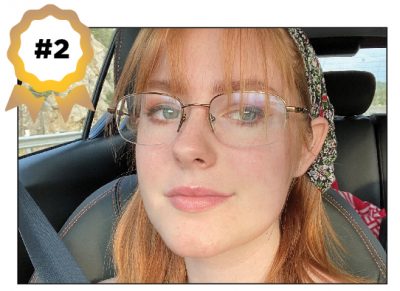
Biography
Charlotte Watts is an 18 year old writer from Windsor, Connecticut. She has read at Sunken Garden and was a finalist for the 2020 Smith College High School Poetry Award. She is going to Lesley University in the fall to major in Creative Writing.
Context of Poem
As a lifelong agnostic Quaker, my relationship with faith is complex and fluid. In this poem, I wrestle with the emotional consequences of non-belief, as well as the longing to know a higher meaning.
To Find the God in Me
I wear this body like my Sunday morning Church dress
Like this mahogany skin does not sit right on my bones
This hair -- tight coils that dance along my scalp-- fits like a bright pink bonnet
Too tight and too much
But momma says I'm pretty
My reflection looks a lot like stained glass these days
Where my face is a puzzle of pieces that is almost unrecognizable most of the time
But momma says she sees God in me
I suppose these hands are like my Church gloves
Palms white and soft as silk
These are prayer hand s, you see
I talk to the sky sometimes
I imagine She listens with her ears open as my heart
Loud as my voice ringing in the Church bathroom
Asking what I will be
But momma says God hears me
So I earthquake the Church floorboards into pixie dust
Momma, God and I dance on top of clouds and my Church dress fits just right
I peer into the stained glass windows
And my reflection looks like someone I know
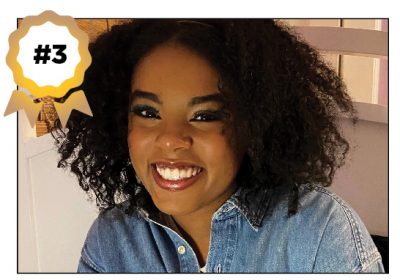
Biography
Zara Williamson is a rising senior at Westhill High School and has had a special interest in English and poetry from a young age. Throughout high school, Zara has been involved in various community service programs at Westhill and in Stamford, including her role in organizing a local poetry slam in honor of Juneteenth. She hopes to continue to be involved in the broader Stamford community through her love and involvement in the arts, and wants to thank UCONN for considering her work.
Context of Poem
“To Find the God in Me” explores the stressors of the teenage experience, including the developing and nonlinear journey towards positive self-image. The poem, written from the perspective of a young teenage girl, analyzes the role of religion and motherhood in soothing stressors, specifically that of imposter syndrome and body dysmorphia.
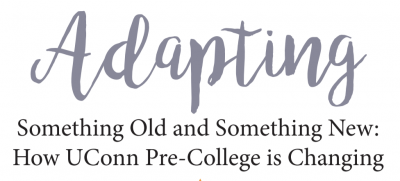
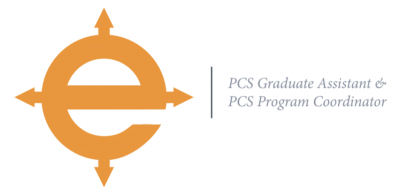

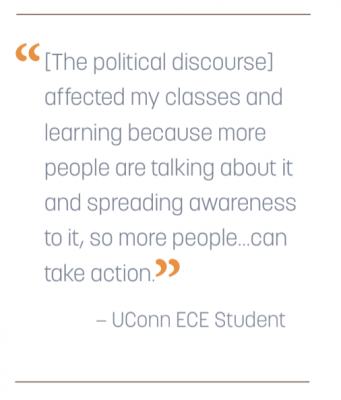 We also had the opportunity to interview Camila Lopez, a sophomore at J.M. Wright Technical High School who spoke about the political events that affected both her family and her education. When asked about how her peers were getting involved with political issues she answered, “Here in Stamford, there have been a lot of protests downtown,” and continued by saying, “there are issues going on that need to be spoken about, and I’m a big fan of peaceful protesting.” When asked if today’s current events have also been addressed within the classroom she said, “Yes, especially since I’m taking the UConn ECE Human Rights course our teacher was like, ‘yeah we’re talking about this’. What I really like about it, and what a lot of students I’ve seen like about it, is there’s more real-world subjects.” She went on to say that she liked the platform students were given in class to speak their minds, especially in her UConn Human Rights course. She mentioned that, “What I like about it is the flexibility that the teacher has, like if there is a problem going on [our teacher will say], ‘does anyone want to talk about it?’ He’ll give us the platform so we can say what we’re thinking and then we start discussing it. There aren’t necessarily debates or arguments about it, it’s just discussing it in general which is really nice.” Camila also mentioned that she and other students believe bringing up these issues in class is the first step to bringing about change. “There’s a curriculum but because it’s a human rights class you can kind of go off of it in different directions. You can have an assignment on race, but because there are still racial inequalities today, you can talk about what’s going on today.” Camila also mentioned that although students were quieter in their online classes, once a conversation was started on a controversial topic or current event, students were more willing to jump in and share their thoughts. She reminisced about being in the classroom in the beginning of the year and explained, “Once one person starts [the conversation], it kind of goes from there, and with a couple of people joining it leads to more. I feel like with online classes a lot of kids are quieter than I’m used to seeing in class.” And although high school students may not be as outgoing or willing to participate over Zoom, Camila emphasized that their voices are still being heard. Towards the end of the interview, we asked Camila how the political discourse had affected her family. Her response was, “I’m Guatemalan and I love talking about politics with my dad.” Once again she mentioned that talking about these issues is one of the most important things students are doing. At the end of the interview Camila reiterated how important it was to spread awareness about current topics in the class room, and to keep students involved in the conversations.
We also had the opportunity to interview Camila Lopez, a sophomore at J.M. Wright Technical High School who spoke about the political events that affected both her family and her education. When asked about how her peers were getting involved with political issues she answered, “Here in Stamford, there have been a lot of protests downtown,” and continued by saying, “there are issues going on that need to be spoken about, and I’m a big fan of peaceful protesting.” When asked if today’s current events have also been addressed within the classroom she said, “Yes, especially since I’m taking the UConn ECE Human Rights course our teacher was like, ‘yeah we’re talking about this’. What I really like about it, and what a lot of students I’ve seen like about it, is there’s more real-world subjects.” She went on to say that she liked the platform students were given in class to speak their minds, especially in her UConn Human Rights course. She mentioned that, “What I like about it is the flexibility that the teacher has, like if there is a problem going on [our teacher will say], ‘does anyone want to talk about it?’ He’ll give us the platform so we can say what we’re thinking and then we start discussing it. There aren’t necessarily debates or arguments about it, it’s just discussing it in general which is really nice.” Camila also mentioned that she and other students believe bringing up these issues in class is the first step to bringing about change. “There’s a curriculum but because it’s a human rights class you can kind of go off of it in different directions. You can have an assignment on race, but because there are still racial inequalities today, you can talk about what’s going on today.” Camila also mentioned that although students were quieter in their online classes, once a conversation was started on a controversial topic or current event, students were more willing to jump in and share their thoughts. She reminisced about being in the classroom in the beginning of the year and explained, “Once one person starts [the conversation], it kind of goes from there, and with a couple of people joining it leads to more. I feel like with online classes a lot of kids are quieter than I’m used to seeing in class.” And although high school students may not be as outgoing or willing to participate over Zoom, Camila emphasized that their voices are still being heard. Towards the end of the interview, we asked Camila how the political discourse had affected her family. Her response was, “I’m Guatemalan and I love talking about politics with my dad.” Once again she mentioned that talking about these issues is one of the most important things students are doing. At the end of the interview Camila reiterated how important it was to spread awareness about current topics in the class room, and to keep students involved in the conversations.
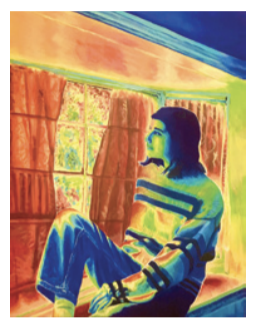
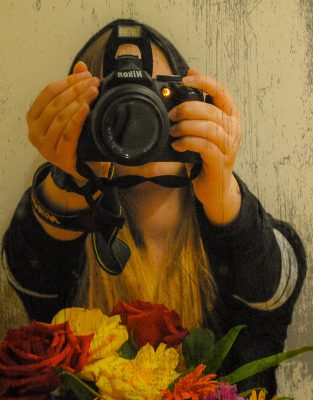
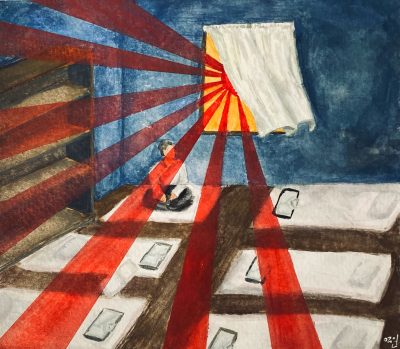
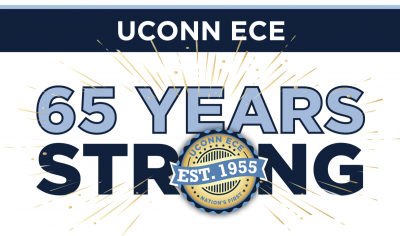

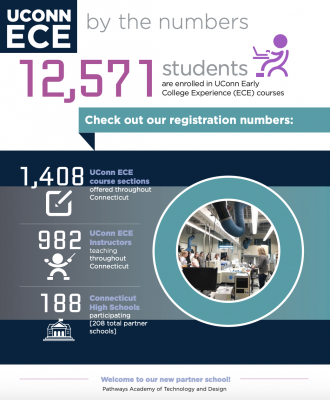
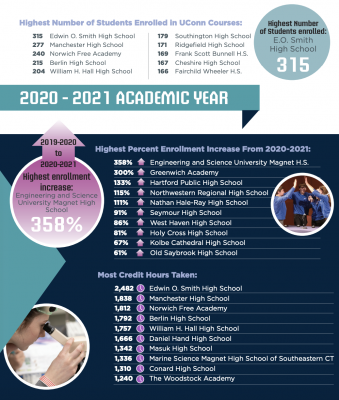
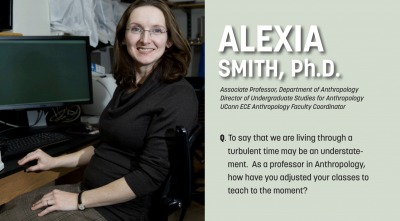
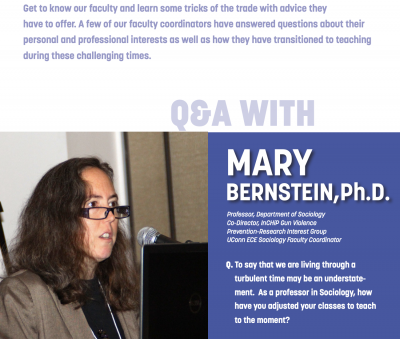 I think that COVID-19 has really focused public attention on the collective health and mental well-being of those around us. It has also laid bare the racial and economic inequities in our society. As faculty, it is incumbent on us to help students understand the origins of these disparities in institutional racism and racist ideologies that have produced such gross inequities.
I think that COVID-19 has really focused public attention on the collective health and mental well-being of those around us. It has also laid bare the racial and economic inequities in our society. As faculty, it is incumbent on us to help students understand the origins of these disparities in institutional racism and racist ideologies that have produced such gross inequities.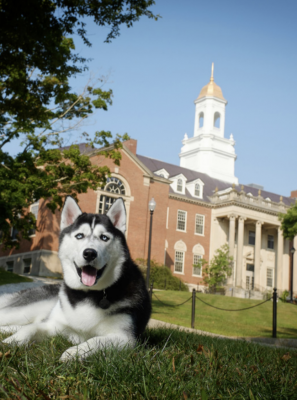 The unequal racial impact of the pandemic has brought the racial inequities of our society into stark relief. For many European-American people, the murder of George Floyd by police officers in Minnesota laid bare the racism embedded in the criminal justice system and sparked uprisings across the country. For Black and Brown people, the police murder of Floyd was one more example of a criminal justice system where Black and Latinx people who constitute approximately 25% of the population make up 59% of the prison population. Compared to similar nations, the U.S. incarceration rate is five to ten times higher. Understanding structural racism is a critical part of what sociologists study. With the increased organizing for racial justice, there are myriad ways for students to get involved and they can start by looking online. For those who do not feel safe protesting in person, many social movement organizations now meet online which I believe for many makes participation easier, though of course, we all miss the in person contact. Whatever issue you care about, whether it is climate change or voting rights or something else, you can find a group that is working for positive social change.
The unequal racial impact of the pandemic has brought the racial inequities of our society into stark relief. For many European-American people, the murder of George Floyd by police officers in Minnesota laid bare the racism embedded in the criminal justice system and sparked uprisings across the country. For Black and Brown people, the police murder of Floyd was one more example of a criminal justice system where Black and Latinx people who constitute approximately 25% of the population make up 59% of the prison population. Compared to similar nations, the U.S. incarceration rate is five to ten times higher. Understanding structural racism is a critical part of what sociologists study. With the increased organizing for racial justice, there are myriad ways for students to get involved and they can start by looking online. For those who do not feel safe protesting in person, many social movement organizations now meet online which I believe for many makes participation easier, though of course, we all miss the in person contact. Whatever issue you care about, whether it is climate change or voting rights or something else, you can find a group that is working for positive social change.